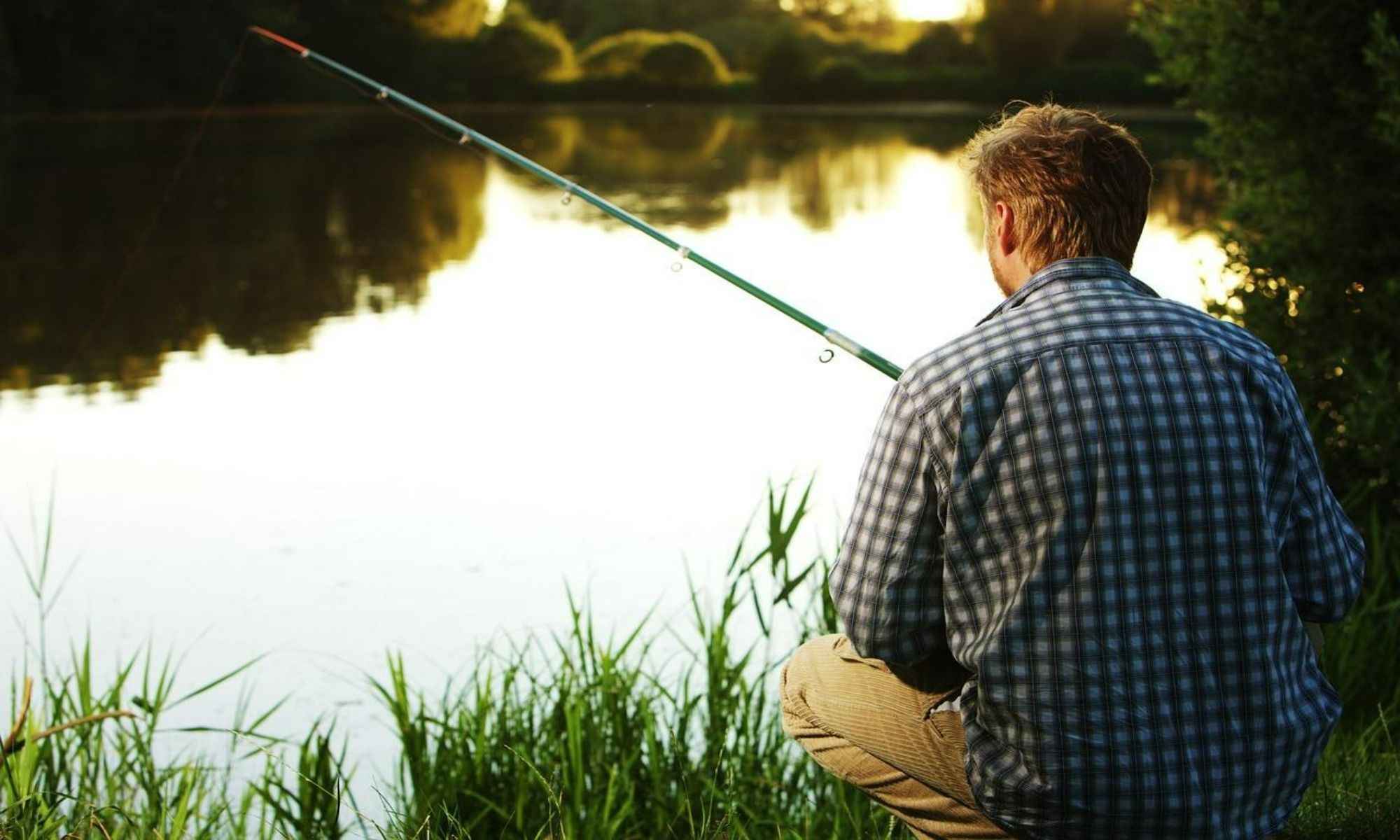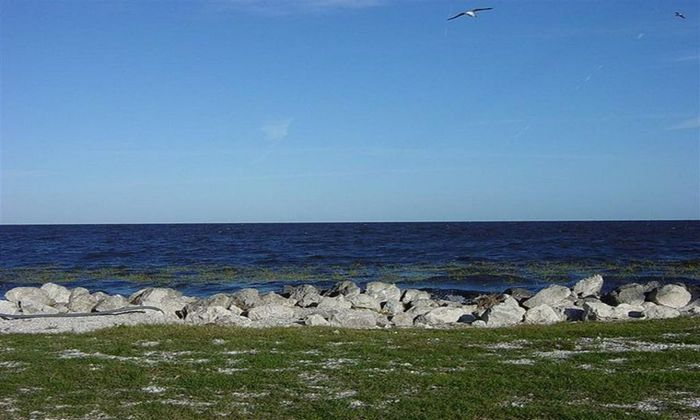10 Lakes to Visit for a Successful Fishing Experience
July is known in the country as Lakes Appreciation Month. Here's a list that is concentrated on some of the overall prime fishing lakes in the US.

The first thing to know about lake fishing is that lakes have two kinds: artificial and natural. Both types of lakes provide the best and most successful fishing experiences for every angler. When fishing in a natural lake, it is essential to look for zones along the shoreline that contain patches of aquatic vegetation. Fish are often found near vegetation because it delivers increased oxygen levels and provides perfect spots to catch prey. In the absence of vegetation, rock piles or logs are some of the places where fish are located. Either of the two provides a sanctuary for fish in a natural lake.
Fish are commonly found in drop-offs, creek edges, and ledges of an artificial lake. The spots near the edges of artificial lakes offer more food, a better cover, and a variety of water depths.
July is known in the country as Lakes Appreciation Month. There are unlimited choices to choose from across the country for lake fishing, making it hard to decide where to head out to cast a line. Here's a list that is concentrated on some of the overall prime fishing lakes in the US:


1. Lake Okeechobee, Florida
Lake Okeechobee is often called Florida's inland sea because it offers the best freshwater fishing in the country. The lake covers 730 square miles and is known to be the state's largest lake. Its size makes it a perfect place for angling and boating activities. Lake Okeechobe is one of the best spots for bass fishing, but species like speckled perch, bluegill, catfish, and black crappie are among the local catches at the lake. Lake Okeechobee also offers hiking trails for anglers looking for further adventure.
2. Grand Lake, Colorado
Colorado's most significant natural lake is Grand Lake, also known to be the state's fishing paradise. Grand Lake situates in the middle of the Rockies, on the western side of Rocky Mountain National Park, and has areas for camping and a trail for hiking. The lake's depth makes it a perfect fishing lake in the state for brook, rainbow, cutthroat and brown trout, mackinaw, German brown, and kokanee salmon. In complement to the lake's fishing opportunities, Grand Lake is the perfect place to go out on a boating trip and unwind.
3. Lake of the Woods, Minnesota
Lake of the Woods in Minnesota is known as the 'Walleye Capital of the World.' The lake on the state's northern end is notably recognized for its ice fishing. Aside from walleye, fish like sauger, pike, jumbo perch, muskellunge, sturgeon, smallmouth bass, and crappie are the lake's familiar sights. Anglers enjoy this fishing spot, as do bald eagles on the lookout for fish to eat. While Lake of the Woods is well-known for ice fishing, anglers can also visit during the summer season.
4. Lake of the Ozarks, Missouri
Missouri's Lake of the Ozarks situates in the foothills of Central Missouri and offers some of the best fishing in the country. The lake's variety of thriving gamefish species allows anglers to catch largemouth and white bass, catfish, and crappie year-round. Once done fishing, anglers can spend time and experience different water sports, visit the sandy shores for swimming, or relax in the lake's shaded picnic areas. Be reminded that Lake of the Ozarks has fish daily limits and possession limits.
5. Lake Superior, Michigan
Lake Superior is the greatest of all the Great Lakes of North America. You will never go home without a catch when you cast your line in the lake. The most popular species caught in Lake Superior are steelhead, Kamloops rainbow trout, lake and brown trout, chinook, and coho salmon. With many fish thriving in this lake, you can catch one right from shore. Lake Superior is also the best spot for bird watching, camping, kayaking and boating, mountain biking, hiking, and wildlife viewing.
6. Lake Fork, Texas
Texas' Lake Fork is a trendy fishing spot. Largemouth bass are the predominant freshwater species in the lake, but channel catfish, bluegill, and crappie are also found here. Lake Fork holds 15 of the top 20 Texas State Record largemouth bass ever captured, making it one of the premier trophy bass fishing lakes globally. You can also enjoy different water sports available on the lake like water skiing, boating, jet skiing, canoeing, kayaking, and swimming.

7. Redfish Lake, Idaho
Redfish Lake's name came from the amplest fish in this spot, the sockeye salmon. It is an enormous alpine lake within the Sawtooth National Recreation Area. Redfish Lake was once abundant with sockeye salmon that the water had a red hue, and they can be visibly seen. Sockeye salmon are now endangered species, but Redfish Lake is a perfect spot for fly and spin fishing to score landlocked salmon, kokanee, rainbow, and Dolly Varden trout. Redfish Lake is also a wonderful area for various recreational activities.
8. Sam Rayburn Reservoir, Texas
Sam Rayburn Reservoir, an artificial lake in Texas, is well-known for bass tournaments held in the area. The reservoir boasts an excellent year-round fishing experience for white bass, spotted bass, largemouth bass, crappie, and channel and blue catfish. Fishing for white bass is abundant during spring, while the bluegill and redear sunfish provide good fishing. Anglers are reminded that fishing regulations in Texas can change throughout the year. The Sam Rayburn Reservoir offers picnic areas and hiking trails.
9. Hubbard Lake, Michigan
Hubbard Lake is considered the best fishing spot for summer and ice fishing. The lake was previously called Bottomless Lake but was later named Hubbard Lake to honor Dr. Bela Hubbard, a well-known writer, and geologist in the state. The most popular species caught here are largemouth bass, smallmouth bass, northern pike, yellow perch, muskellunge, and walleye. Hubbard Lake is perfect for fly fishing and bank fishing.
10. Chickamauga Lake, Tennessee
Chickamauga Lake is a reservoir located along the Tennessee River formed when the Chickamauga Dam was constructed in 1940. Largemouth bass are the most prevalent fish caught in the area, making Chickamauga Lake called 'The Land of the Giants' as it continually produces record-breaking bass annually. You can catch catfish, bluegill, redear sunfish, spotted and striped bass, and smallmouth bass in the reservoir. There are also fishing piers in the area, but anglers mainly consider bank fishing the most suitable technique for angling in Chickamauga Lake.




